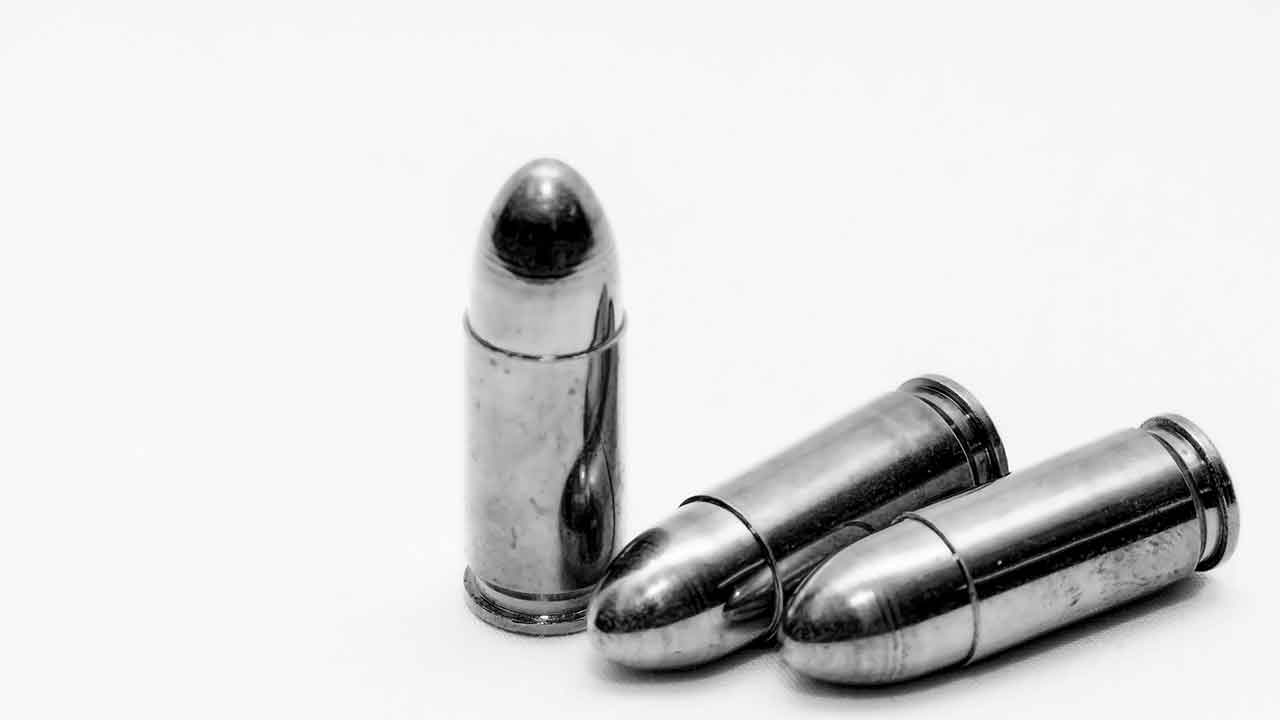...
For more than a decade, the U.S. Department of Energy (DOE) has funded basic and applied research and development (R&D) related to critical materials to address the scientific and technological (S&T) challenges that underpin supply chain vulnerabilities. These investments were made possible through the first DOE Critical Materials Strategy in 2010. This included the first DOE Critical Materials Assessment – identifying which materials were critical for clean energy technologies. It also defined the pillars that form the foundation of the DOE research strategy that guided these investments.
The Energy Act of 2020 expanded DOE authorities to address critical materials challenges through a Critical Materials Research, Development, Demonstration, and Commercialization Application (RDD&CA) Program. The Critical Materials RDD&CA Program allows DOE to invest across the entire research continuum and supply chain. Through the Critical Materials RDD&CA Program, DOE implements the DOE Vision and Strategy for Critical Minerals and Materials (CMM):
Vision:
- Develop reliable, resilient, affordable, diverse, sustainable, and secure domestic critical mineral and materials supply chains,
- support the clean energy transition and decarbonization of the energy, manufacturing, and transportation economies, and
- promote safe, sustainable, economic, and environmentally just solutions to meet current and future needs.
Strategy:
- Diversify & Expand Supply: Diversify and expand critical mineral and material supply from varying sources while minimizing waste and increasing techno-economic coproduction of materials – to ensure material availability;
- Develop Alternatives: Innovate alternative materials and/or manufacturing components – reduce demand and partially offset the need for virgin materials;
- Materials and Manufacturing Efficiency: Use and process materials efficiently across the entire supply chain and life cycle – to reduce waste;
- Circular Economy: Remanufacture, refurbish, repair, reuse, recycle, and repurpose – to extend the lifetime of materials and partially offset the need for virgin materials;
- Enabling Activities: Cross-cutting functions, such as criticality assessments, stockpiling, international engagement, market development, and advanced theoretical, computational, and experimental tools – to accelerate progress.
The 2023 Critical Materials Assessment will enable DOE to set priorities for investments through the Critical Materials RDD&CA, continuing advancements in S&T innovation in combination with expanded focus on derisking and deploying commercialization technologies to build and transform domestic supply chains.
...




